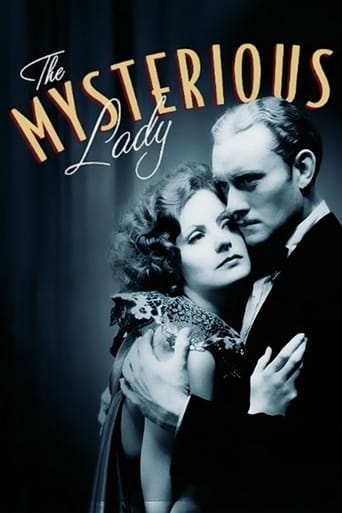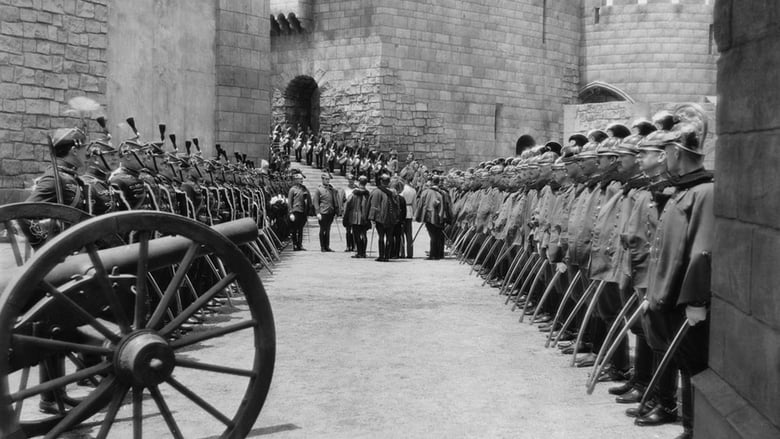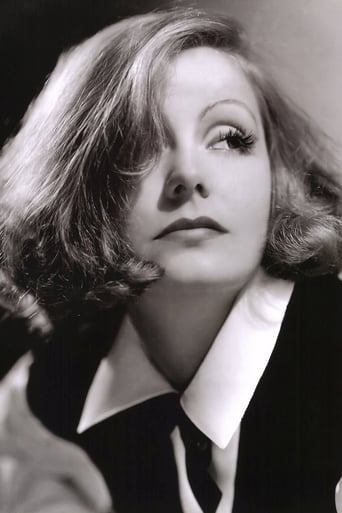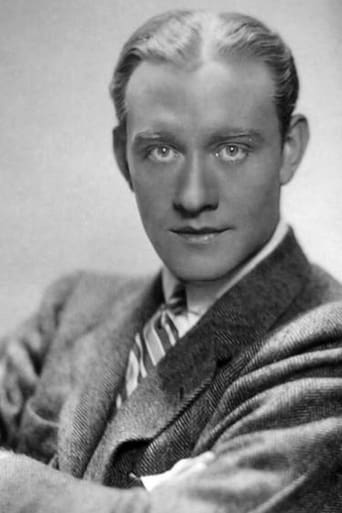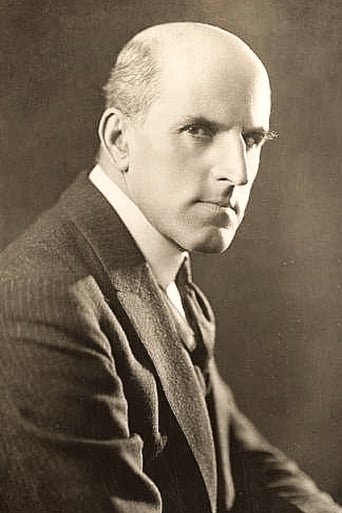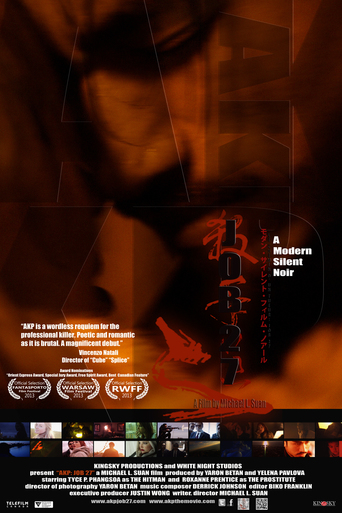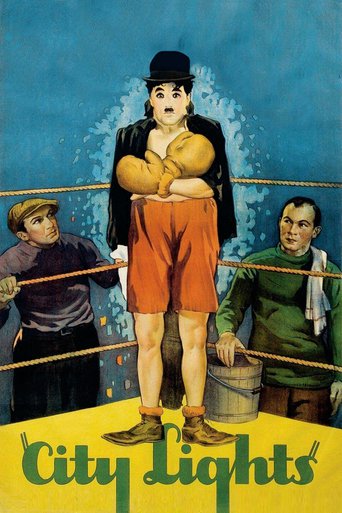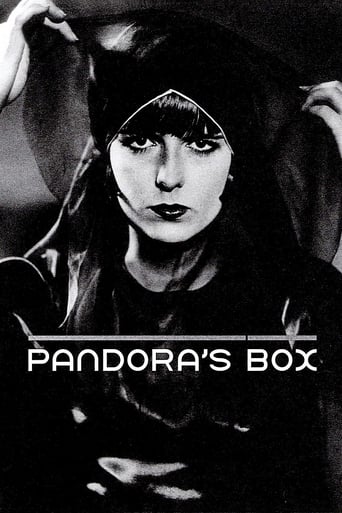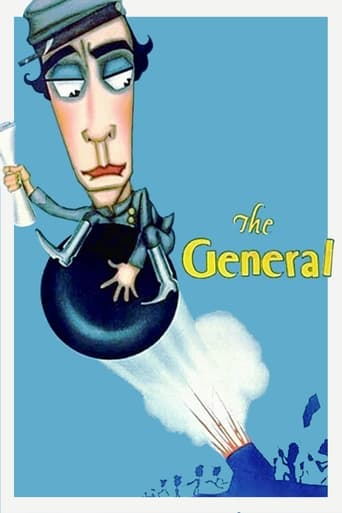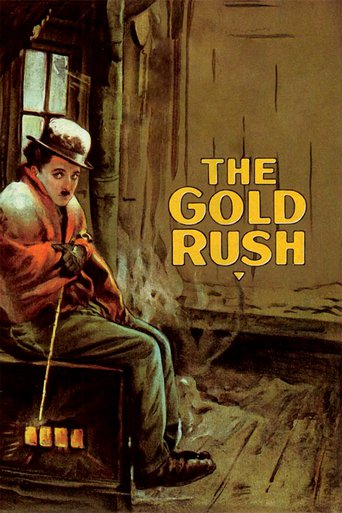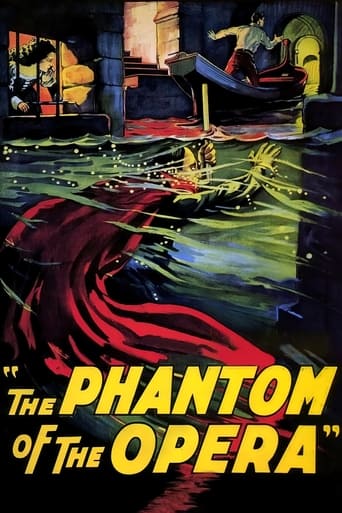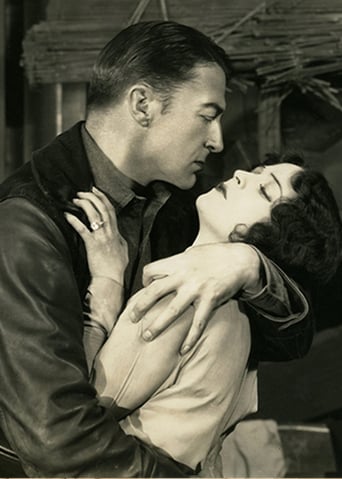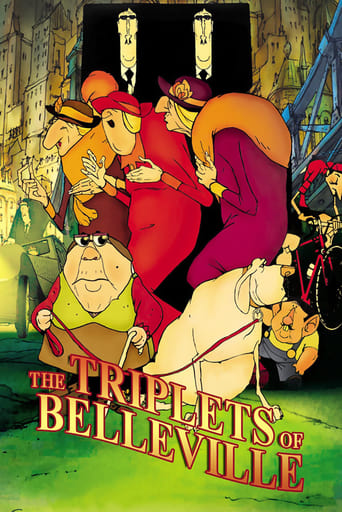The Mysterious Lady (1928)
A beautiful Russian spy seduces an Austrian military officer in order to obtain secret plans. When she falls in love with him, both are placed in danger.
Watch Trailer
Cast


Similar titles
Reviews
On this evidence, Garbo's silent work is her most accomplished. She struggles in talking roles; her dour, flat acting voice meant she had to be characterised as emotionless - hence the iceberg persona, and she was probably glum because she knew she was struggling. Here we can see her real eloquence and the confidence behind it that comes of knowing she is shimmering and wonderful. In contrast to many other silent stars who exaggerated every gesture, Garbo shows intelligence and discrimination in her movements, which involves a lot of posturing but is not unnatural. She uses her natural grace for expression, particularly her arms - she really is lithe and expressive - and she must have missed all that later in her career.Fred Niblo's inventive direction here also impresses; he never lets a scene go dry and the narrative method is almost as sophisticated as a talkie as he brings out a good deal of subtle but telling body language. We watch characters speak and can pretty much divine what they're saying, which reduces the need for irksome intertitles.The first part of the film, set in Vienna, is a romantic encounter, deceptively straightforward. But there is intrigue in store, and in the latter half of the film, set in Warsaw, tension consistently mounts as every scene is built around suspense - don't think that Hitchcock invented this stuff. Garbo and her leading man, Conrad Nagel, seem connected to each other on rubber bands such is the dramatic bond between them.At the climax is a superb trick that will make you exclaim out loud. This could be the best film I've seen this year.
This is, quite possibly, the silent film to present to those who are resistant to silent films. First, the characters earn our affection from the very beginning -- scenes of the beautiful Garbo crying during an opera, Nagel becoming entranced by her. Within the first five minutes, you are drawn into them. Garbo becomes more beautiful as the years go by -- we see a beauty that is modern; Garbo would be considered beautiful in the 21st century, unlike many stars from the earlier days. (I mean, could Theda Bara cut it in 2009? Mary MIles Minter? Pola Negri?) Conrad Nagel plays the male lead quietly but effectively -- almost all of the acting here is restrained.Beyond the beauty of Garbo, one has to really credit Fred Niblo for directing this film. The film is essentially Hitchcock before Hitchcock. This film has elements of "North By Northwest," "The Man Who Knew Too Much," "The Thirty-nine Steps," and, most surprisingly, "Notorious." You have the "wrong man" theme, the guilty, obsessive love, the elegant, tricky villain, the conflicted heroine, Hicthcockian camera movements, some unexpected plot twists, some scenes of real suspense, and even a darkly humorous bit toward the end regarding a corpse. Very nicely done.
This is to my mind the most brilliant of all of Garbo's silent films, and I never fully understood the attitude of most critics who simply dismiss it on the account of the Divine Woman's own lack of care for this particular entry. True, she did not like just doing this film, and true, Mauritz Stiller was actually dying while she was shooting this, therefore, we can understand that she thought poorly of it; yet this was shot at the peak of silent film-making, in 1928, and never before had Fred Niblo been so good, never had his full command of the motion picture been so obvious. All through the film, the direction is superb, subdued and subtle, while the gorgeous settings, MGM's trademark, are lit and photographed at their best. Niblo makes the best of his composition skills, with or without Garbo in the shots, and the way he deals with the extras, putting the stars in the distance, swallowed by the crowd, is clearly an innovation for 1928; his use of a few, but decisive shots based on a moving camera proves that, like the European imports(Murnau, Leni, Fejos, Christensen) or like his fellow Americans (Ford, Borzage,Wellman), he was aware of the German experiments. Of course, the spy story is not the source of any intellect-expanding masterpiece, but, hey, this is a stylish and entertaining film that foreshadows some of Hitchcpock's best British films of the decade to come. And Niblo even handles suspense in a remarkable way in the last five minutes. The edition id remarkable, the print being a bit worn but still clear; and an emasculating restoration has been avoided, retaining thus the crystal-clear, crisp quality of William Daniel's photography. And to conclude, a question about Garbo: who else on earth could wear these dresses and get away with it?
If you care for Garbo's sound movies go back and see what made her such a sensational international star. This one is a delight. She is most seductive with the grace and glide of an animal. One of my favorite of all of her films. You can easily see why people became Garbomanics. There was nothing like her on the screen...before or since.

